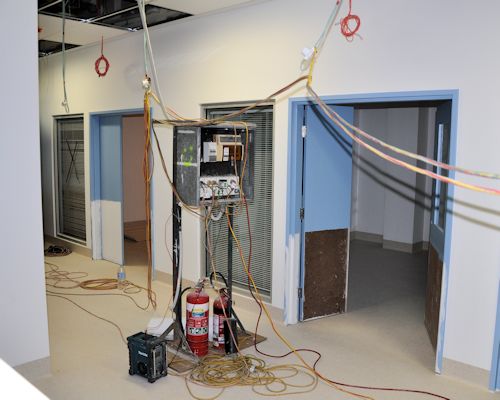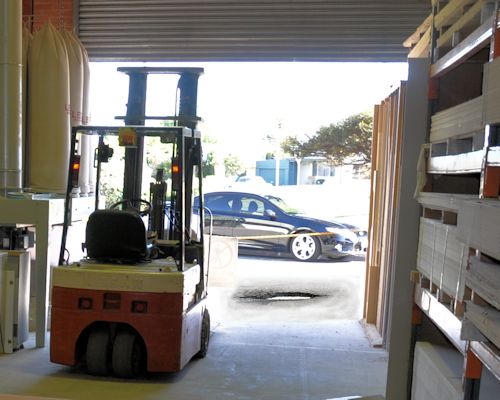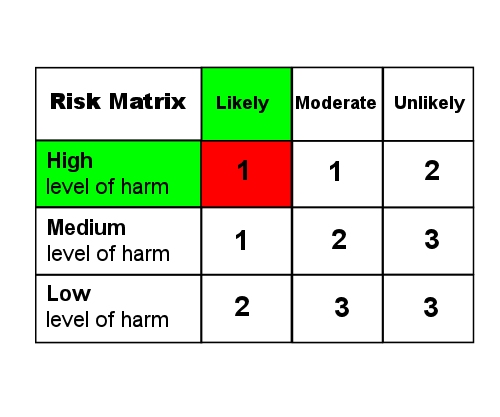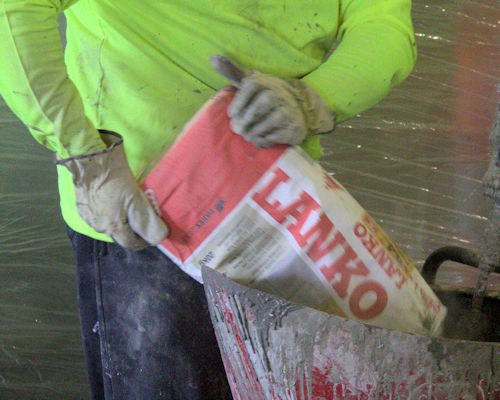Assessing risks
| Risk Matrix | Likely Could happen frequently | Moderate Could happen occasionally | Unlikely May occur, but only in exceptional circumstances |
|---|---|---|---|
| High level of harm Death, permanent disability, major structural failure or damage | 1 | 1 | 2 |
| Medium level of harm Temporary disability, minor structural failure or damage | 1 | 2 | 3 |
| Low level of harm First aid required | 2 | 3 | 3 |
(Adapted from the 'OHSE Risk Matrix' developed by WorkCover for its 'SubbyPack')
Go to Controlling risks

Industry Network Training and Assessment Resourses
© 2023 Workspace Training










